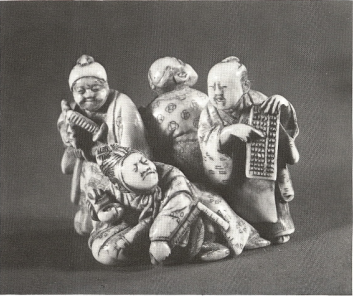Raymond Bushell - Introduction to Netsuke
Here you can read online Raymond Bushell - Introduction to Netsuke full text of the book (entire story) in english for free. Download pdf and epub, get meaning, cover and reviews about this ebook. year: 2011, publisher: Tuttle Publishing, genre: Detective and thriller. Description of the work, (preface) as well as reviews are available. Best literature library LitArk.com created for fans of good reading and offers a wide selection of genres:
Romance novel
Science fiction
Adventure
Detective
Science
History
Home and family
Prose
Art
Politics
Computer
Non-fiction
Religion
Business
Children
Humor
Choose a favorite category and find really read worthwhile books. Enjoy immersion in the world of imagination, feel the emotions of the characters or learn something new for yourself, make an fascinating discovery.
- Book:Introduction to Netsuke
- Author:
- Publisher:Tuttle Publishing
- Genre:
- Year:2011
- Rating:5 / 5
- Favourites:Add to favourites
- Your mark:
Introduction to Netsuke: summary, description and annotation
We offer to read an annotation, description, summary or preface (depends on what the author of the book "Introduction to Netsuke" wrote himself). If you haven't found the necessary information about the book — write in the comments, we will try to find it.
With dozens of photos and illustrations, A Introduction to Netsuke is a readable and thorough guide to Japanese miniature art.
Among the many Japanese fine arts, few have aroused greater admiration than the netsuke. This miniature piece of Japanese sculpture, approximately 1 1/2 inches in size, was designed (in the absence of pockets on kimonos) as an aid in suspending articles such as tobacco pouches from the sash of a kimono. It developed in ancient times as a utilitarian object, but became in the 16th century an artistic one as well, and flourished as such until 1926. No longer commonly worn, the netsuke is now a collectors item, avidly sought throughout the world by those sensitive to its fine qualities.
This book opens the miniature world of netsuke to those who have hitherto been unaware of its existence. In a delightfully lucid manner, the basics of the netsuke are presented-definition, origin, development, materials, statistics, and photographs. This book admirably fulfills its task of introducing the netsuke to the layman, irresistibly drawing him to new pleasures in aestheticism and culture.
Raymond Bushell: author's other books
Who wrote Introduction to Netsuke? Find out the surname, the name of the author of the book and a list of all author's works by series.

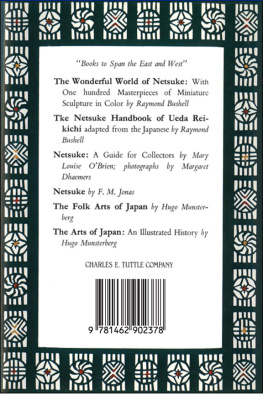
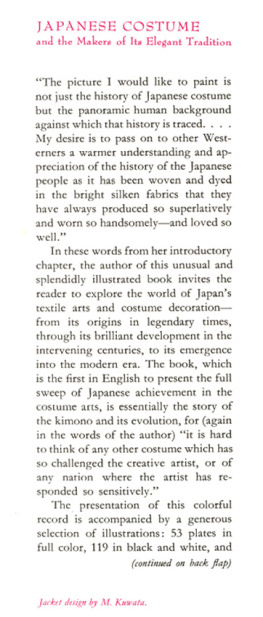
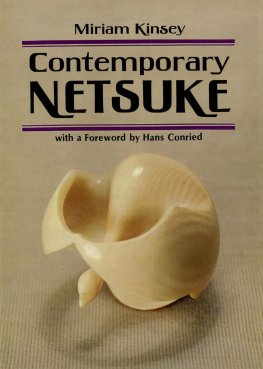
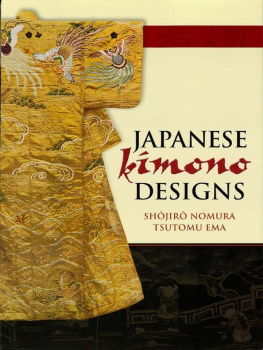

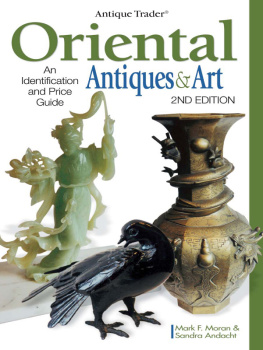
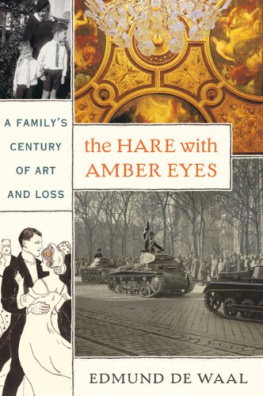
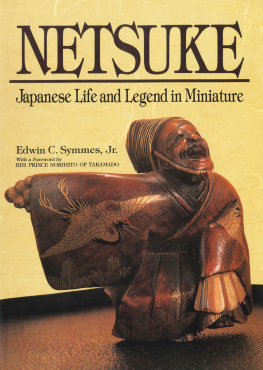

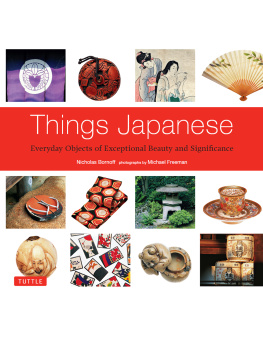
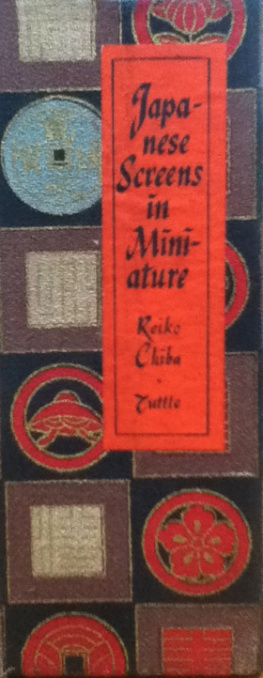
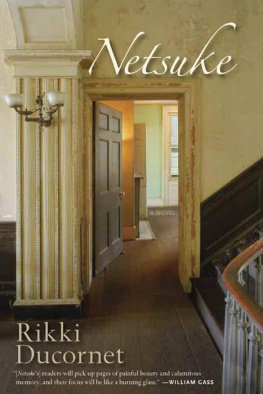


 DUTCHMAN
DUTCHMAN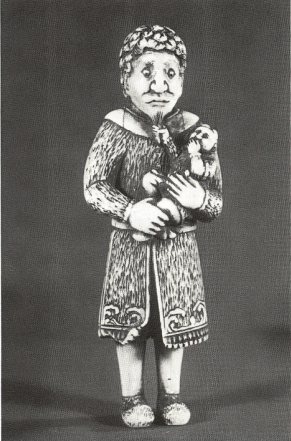
 SENNIN
SENNIN
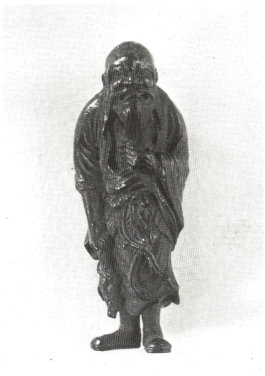
 HORSE
HORSE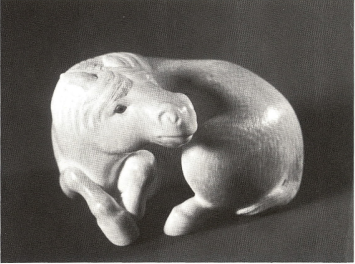
 CHICKEN
CHICKEN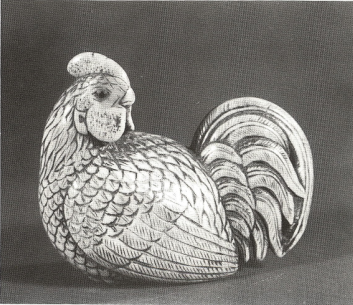
 SNAKE
SNAKE NATURAL STONE
NATURAL STONE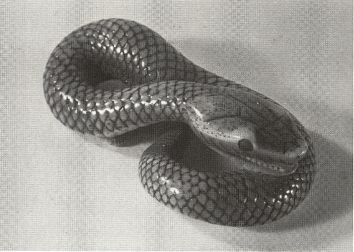
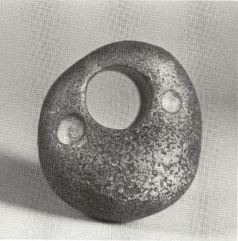
 THE FOUR CLASSES
THE FOUR CLASSES